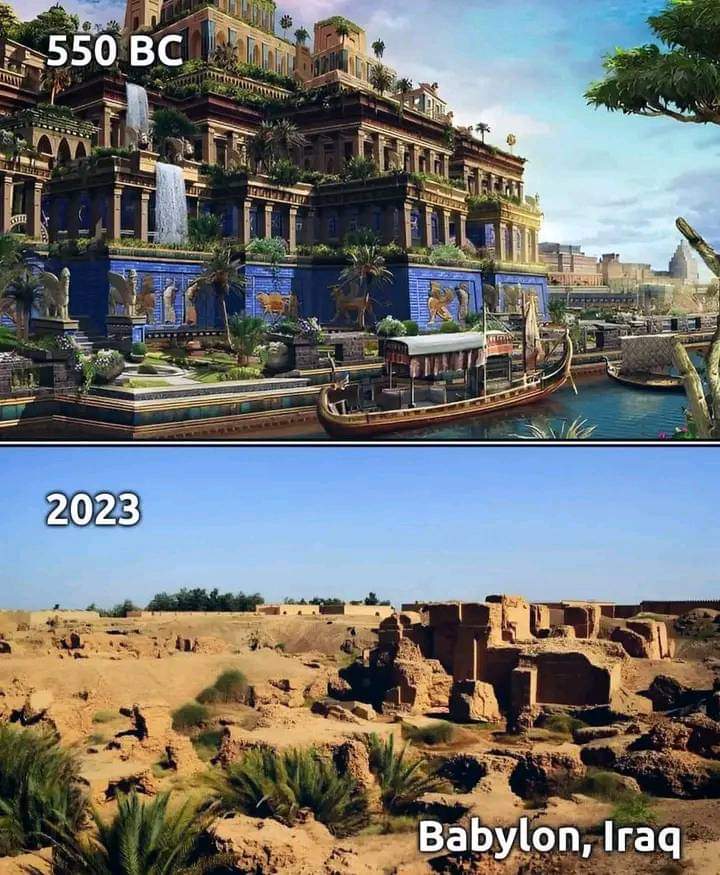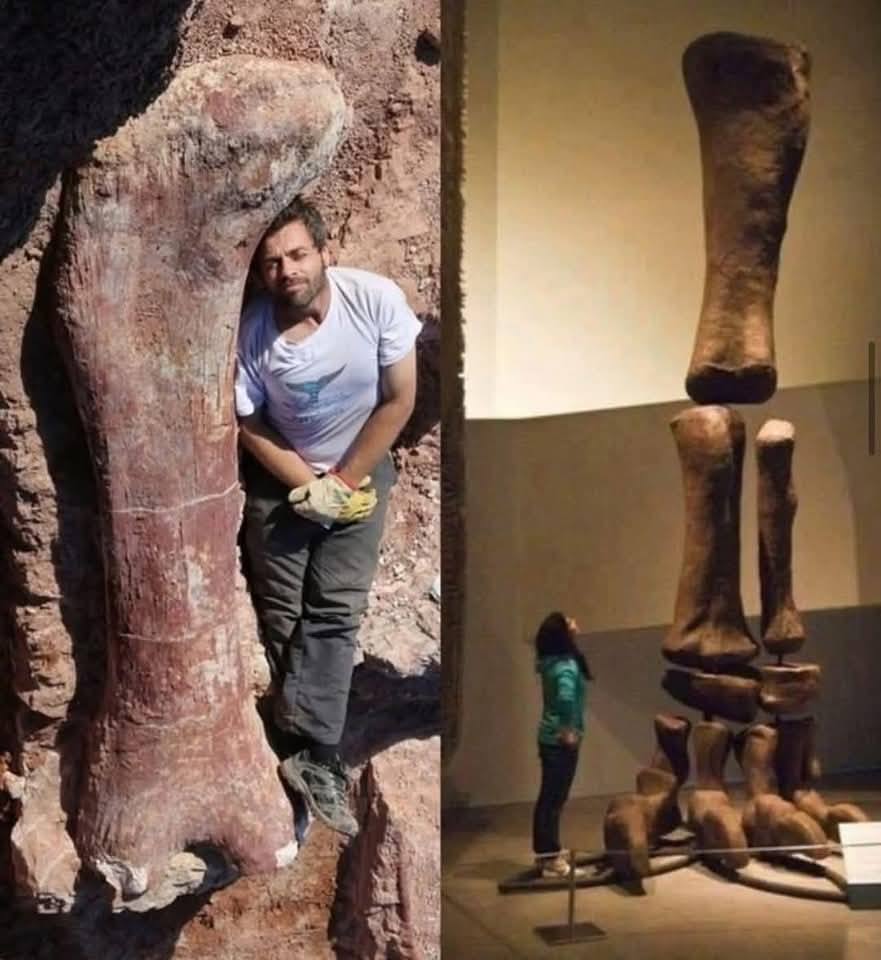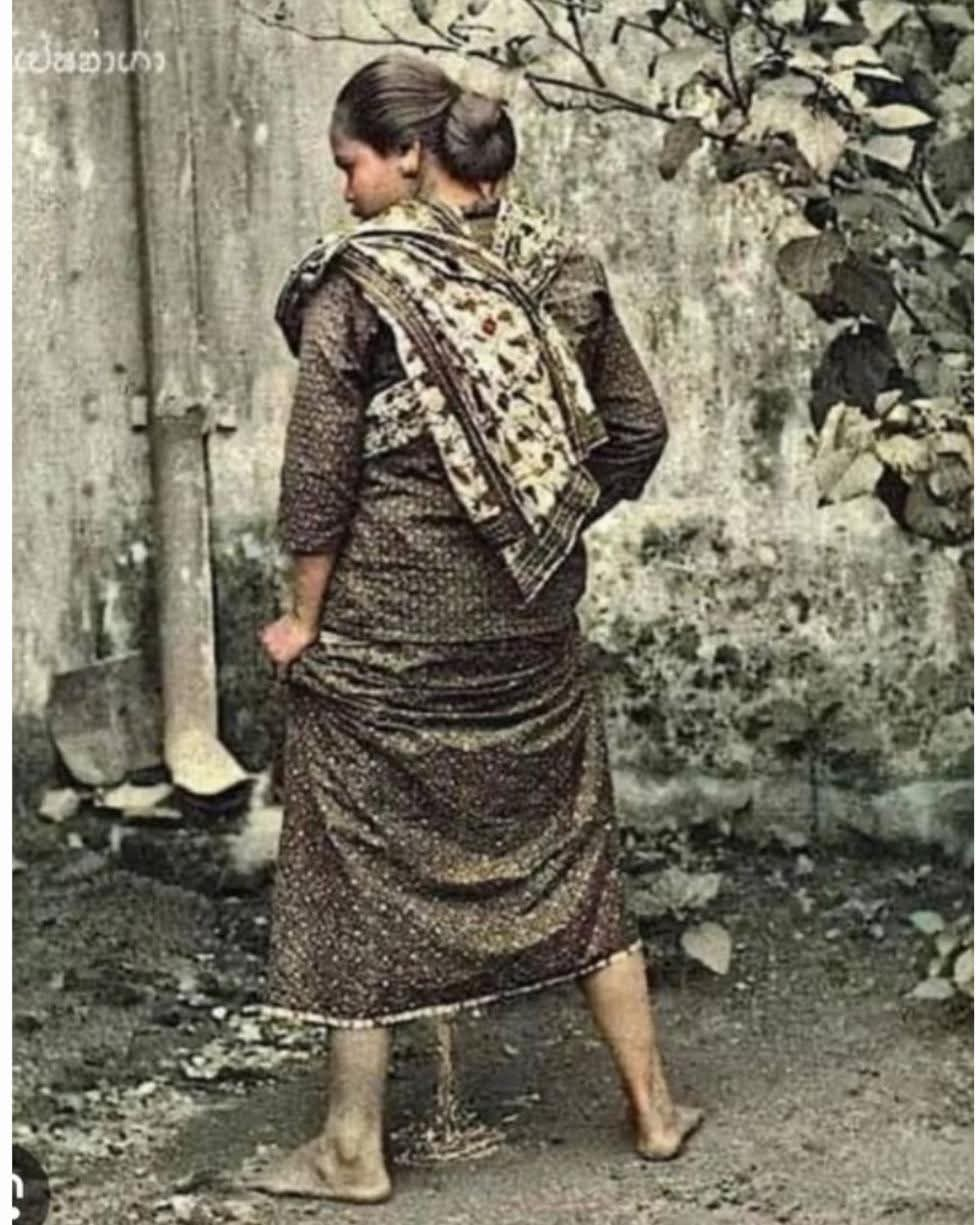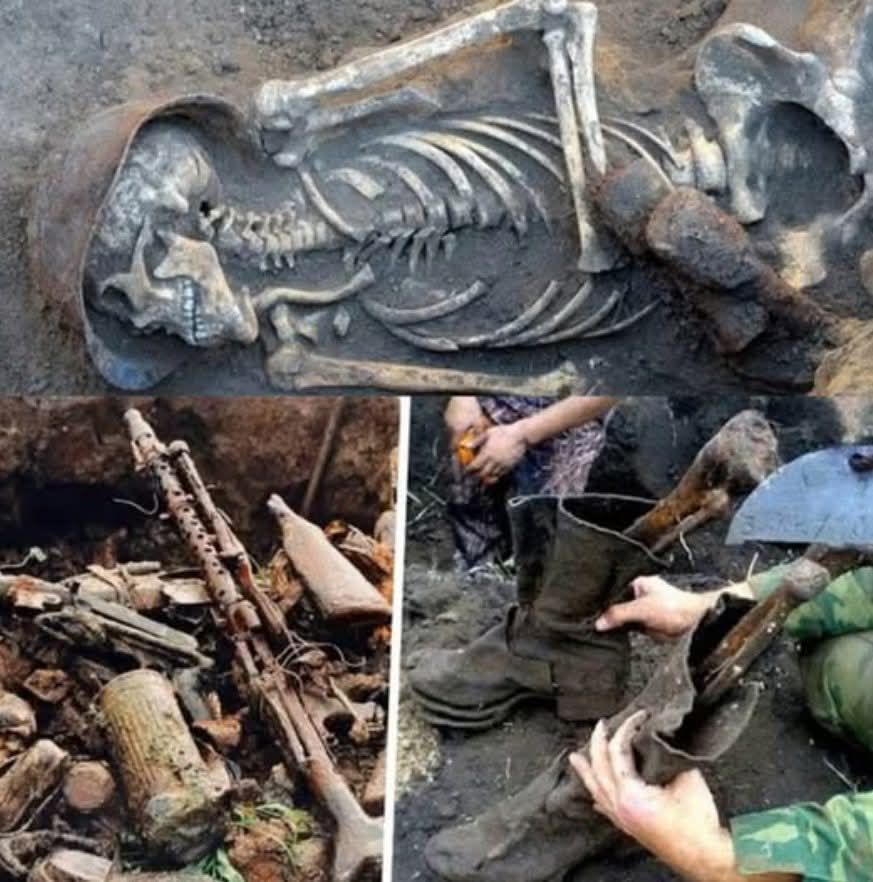The Ancient City of Babylon and it’s hunging gardens, one of the Seven Wonders of the World.
Babylon, one of the most famous cities of antiquity, was the capital of southern Mesopotamia (Babylonia) from the early 2nd millennium to the early 1st millennium BCE. During its peak, it was the capital of the Neo-Babylonian (Chaldean) empire in the 7th and 6th centuries BCE.
At the height of its splendor, Babylon was a magnificent city with impressive structures, including:
- The Hanging Gardens of Babylon, one of the Seven Wonders of the Ancient World
- The Ishtar Gate, a famous gate decorated with images of bulls and dragons
- The Temple of Marduk, the chief deity of the Babylonians
The extensive ruins of Babylon lie near the modern town of Al-Ḥillah, Iraq, about 55 miles (88 km) south of Baghdad, on the Euphrates River. While the city was once a thriving metropolis, it is now a vast archaeological site.
In recent years, archaeologists have made significant discoveries at the site, including the excavation of the ancient city’s walls and the uncovering of several well-preserved ruins.
Despite its historical significance, Babylon’s ruins have suffered from various threats, including:
- War and conflict, which have caused damage to the site and made it difficult to access
- Looting and vandalism, which have led to the loss of valuable artifacts
- Environmental degradation, which has affected the preservation of the ruins
Efforts are underway to restore and protect the ancient city of Babylon, including:
- International collaborations, such as UNESCO’s World Heritage Centre, to preserve the site
- Local community engagement, to raise awareness about the importance of preserving the site
- Restoration projects, to repair and conserve the ruins
The ancient city of Babylon is a testament to the ingenuity and creativity of our ancestors. While its current state is fragile, efforts to restore and preserve the site offer hope for its continued relevanc











Leave a Reply